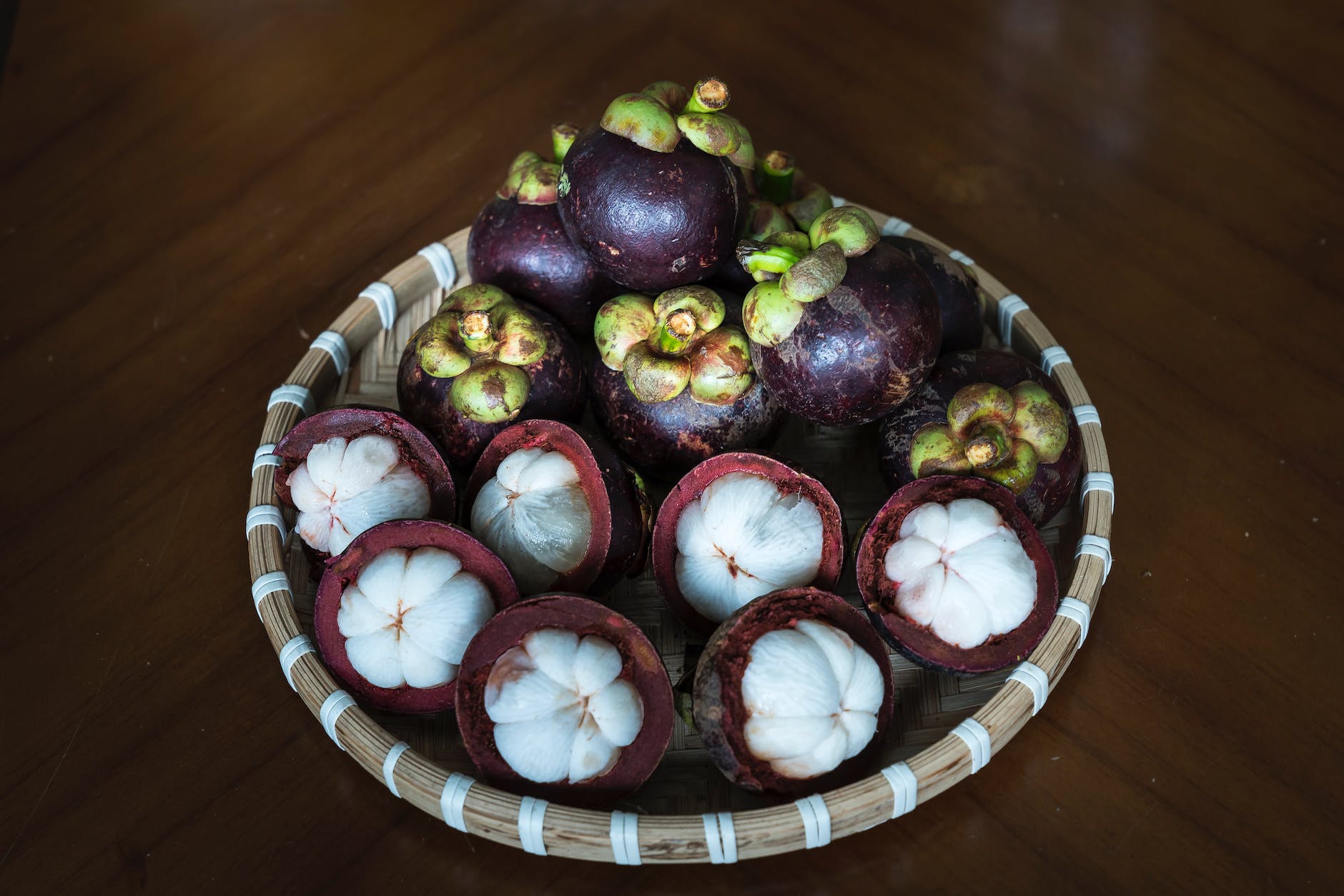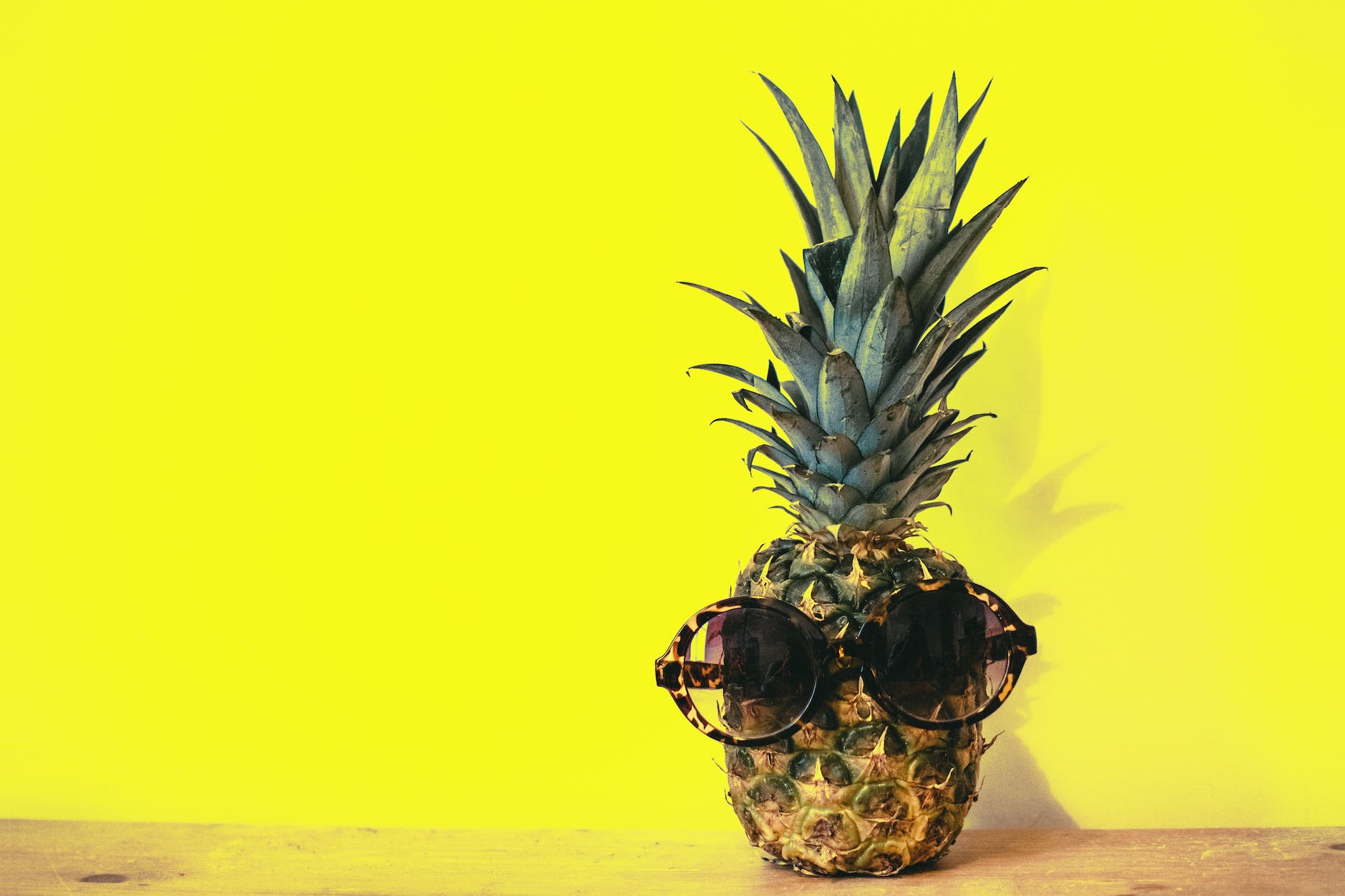
Introduction
Lime is a small, round, green-color citrus fruit known for its acidic, tart flavor. Originating in Southeast Asia, it’s now cultivated in warm climates worldwide and is a staple in many culinary traditions.
Nutrition in Limes
Limes, like other citrus fruits, are a great source of several essential vitamins and minerals. They are low in calories and high in dietary fiber, making them a nutritious addition to your diet. Here is the nutritional content of 1 medium lime (approximately 67 grams):
- Calories: 20
- Protein: 0.5 grams
- Fat: 0.1 grams
- Carbohydrates: 7 grams
- Dietary fiber: 1.9 grams
- Sugars: 1.1 grams
- Vitamin C: 19.5 milligrams (32% of the Daily Value)
In addition to these nutrients, limes also contain small amounts of iron, calcium, vitamin B6, thiamine, potassium, and folate. They are particularly known for their high vitamin C content. Vitamin C is a powerful antioxidant that helps protect your body from damage by free radicals.
Limes also contain flavonoids, which are compounds found in many fruits and vegetables. These flavonoids have antioxidant, anti-inflammatory, anti-cancer, and neuroprotective properties.
It’s important to remember that while nutritious, limes are usually consumed in small quantities and should be part of a balanced diet that includes a variety of foods to meet your nutritional needs.
Health Benefits of Limes
Limes offer a wealth of health benefits:
- Rich in Antioxidants: Limes are packed with antioxidants, including flavonoids, limonoids, kaempferol, quercetin, and ascorbic acid, which can help combat free radicals in the body.
- Promotes Healthy Skin: The vitamin C in limes is vital for collagen synthesis, which can help keep your skin healthy and delay the signs of aging.
- Boosts Immunity: Thanks to their high vitamin C content, limes can strengthen your immune system, helping to ward off or hasten recovery from illnesses.
Potential Warnings
While limes are safe for most people, there are a few potential considerations:
- Acidic Nature: Limes are highly acidic, which can aggravate gastroesophageal reflux disease (GERD) or cause discomfort for people with sensitive stomachs.
- Phytophotodermatitis: This is a skin reaction that occurs in some individuals after touching citrus juice and then exposing the skin to sunlight.
Weight Loss Benefits
Limes can be a great addition to a weight-loss diet due to the following factors:
- Low in Calories: Limes are low in calories yet provide many essential vitamins and minerals.
- High in Fiber: The fiber in limes can help you feel full, potentially aiding in weight control.
How to use Lime for Weight Loss?
Lime is a versatile fruit that can be used in various ways to support weight loss efforts. It’s packed with vitamin C and contains other beneficial nutrients, but remember, it isn’t a magic bullet for weight loss. Instead, consider it a tool to supplement a balanced diet and regular exercise. Here are some ways you can incorporate lime into your weight loss plan:
- Lime Water: As mentioned before, lime water is a refreshing, low-calorie beverage that can be a good substitute for sugary drinks. You can start your day with a glass of lime water to kick-start your metabolism or sip it throughout the day to stay hydrated and support overall health.
- Salad Dressings: Use lime juice to prepare homemade salad dressings. It not only adds a tangy flavor but also helps to cut down on calories that might come from store-bought dressings that are often high in fats and sugars. A simple dressing can be made with lime juice, olive oil, honey, salt, and pepper.
- Cooking: Lime can enhance the flavor of various dishes, allowing you to use less salt or fat without sacrificing taste. Try using lime in your marinades for meats or tofu, in stir-fry recipes, or even when grilling vegetables.
- Smoothies: Adding lime to your green smoothies can give them a refreshing taste while adding the nutritional benefits of this citrus fruit.
- Detox Drinks: You can make a detox drink using lime, along with other ingredients like cucumber, mint, and watermelon. These drinks are usually low in calories and can help promote hydration.
- Tea: You can add lime juice to your tea. Whether it’s green tea or herbal tea, a dash of lime can make your cup more enjoyable.
While these methods can help you incorporate lime into your diet, the key to weight loss is maintaining a calorie deficit (burning more calories than you consume), eating a balanced diet, and exercising regularly. Limes are a fantastic way to enhance the flavor of your food and drinks, making your healthy diet more enjoyable. However, they are just a part of a comprehensive lifestyle strategy for weight loss. Always consult with a healthcare provider before starting any weight loss plan to ensure it’s appropriate for your personal health needs.
How to make Lime Water for Weight Loss?
Lime water can be a refreshing, low-calorie beverage to include in a healthy weight loss plan. It’s important to note that while it’s a healthy drink choice, it isn’t a magic solution for weight loss. Weight loss should come from a combination of a balanced diet and regular physical activity. Nonetheless, lime water can certainly be a part of your healthy lifestyle. Here’s a simple recipe for lime water:
Ingredients:
- 1-2 fresh limes
- 1 liter of water
- Optional: A teaspoon of honey or a natural sweetener of your choice
Steps:
- 🧼 Clean the limes: Before using, wash the limes thoroughly under running water to remove any possible dirt or pesticides.
- 🍋 Juice the limes: Cut the limes in half and squeeze out the juice. Depending on your taste preferences, you can adjust the amount of lime. Typically, the juice of one lime is enough for one liter of water.
- 🚰 Mix lime juice with water: Pour the freshly squeezed lime juice into a liter of water and stir well.
- 🍯 Add sweetener (optional): If desired, you can add a teaspoon of honey or another natural sweetener to your lime water. Remember, though, that adding sweeteners will also add calories. For weight loss, it’s best to consume lime water unsweetened.
- ❄️ Chill or serve over ice: You can drink the lime water immediately, but many people prefer it chilled. Place it in the fridge for an hour or so, or simply serve over ice.
- 🎉 Enjoy!: Sip this refreshing beverage throughout the day.
Remember, adding lime water to your diet can promote hydration, provide you with vitamin C, and make for a tastier alternative to plain water, but it’s not a standalone solution for weight loss. Regular exercise and a balanced, calorie-controlled diet are essential for healthy weight loss.
If you’re considering making major changes to your diet for weight loss or health reasons, it’s always a good idea to talk to a dietitian or your healthcare provider. They can provide personalized advice that takes into account your overall health, lifestyle, and goals. 🏋️♀️🥗👨⚕️
Conclusion
Lime is a small citrus fruit with big benefits. Packed with antioxidants and high in vitamin C, it boosts immunity and supports skin health, all while helping manage your weight. From a warm glass of lime water to kick-start your day to a zesty lime-infused dish or a refreshing smoothie, there are myriad ways to incorporate this tangy fruit into your diet.













